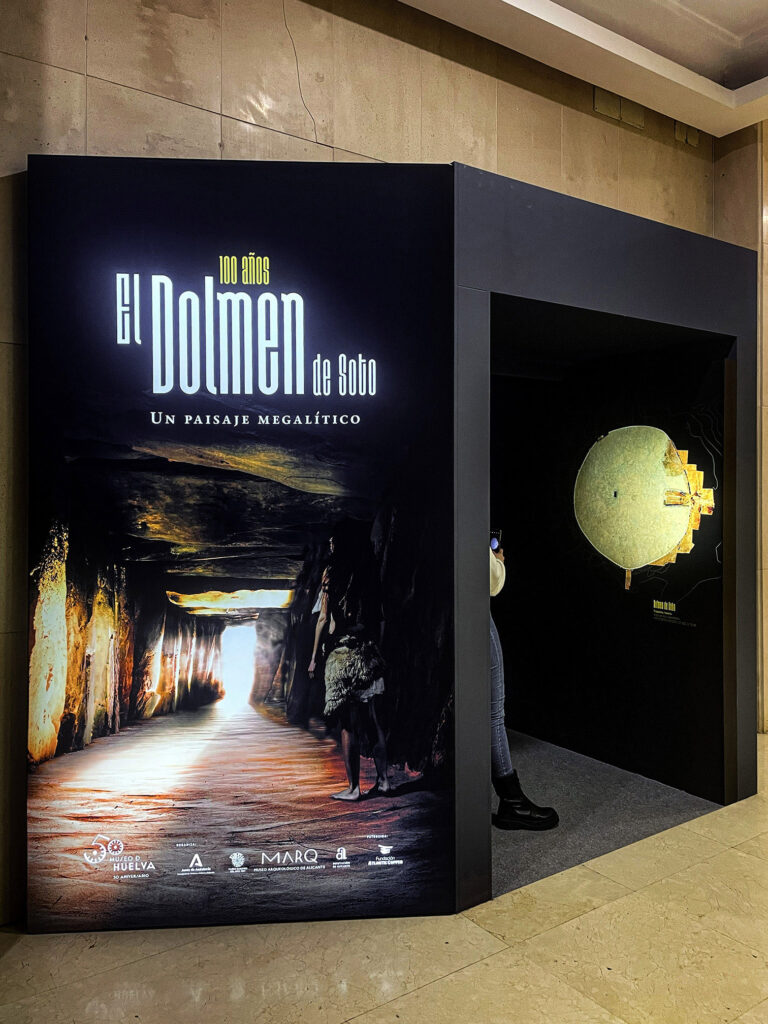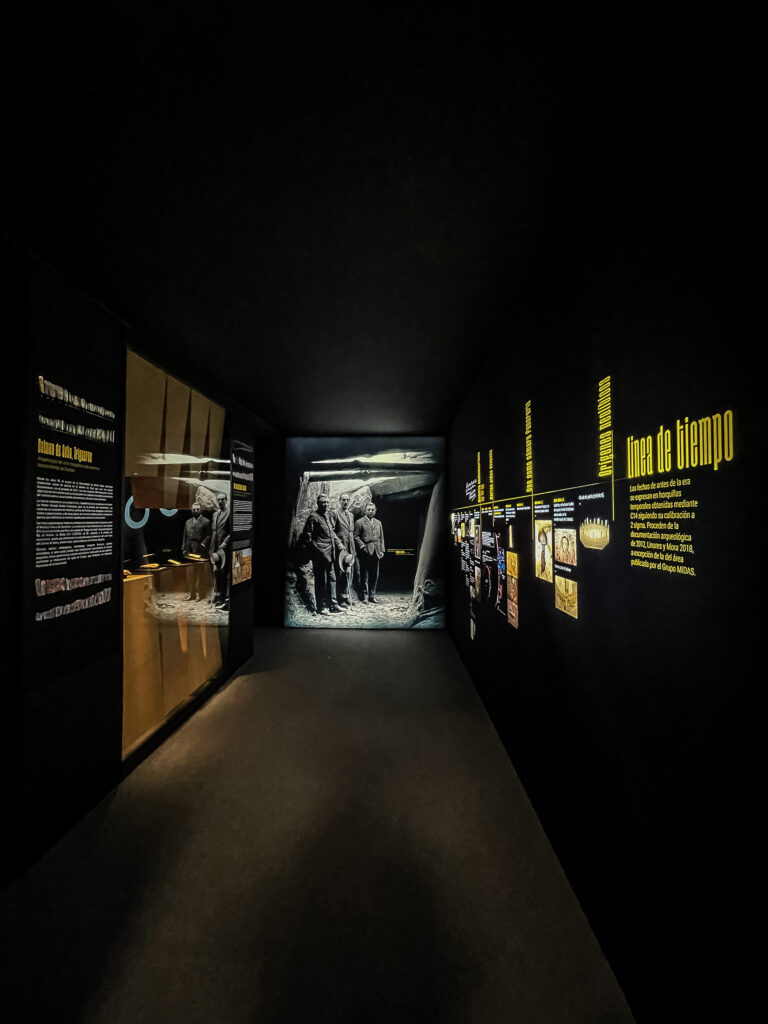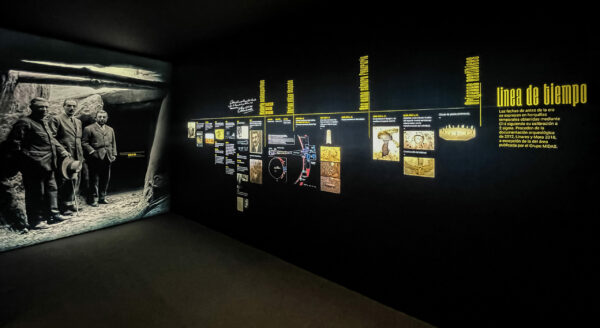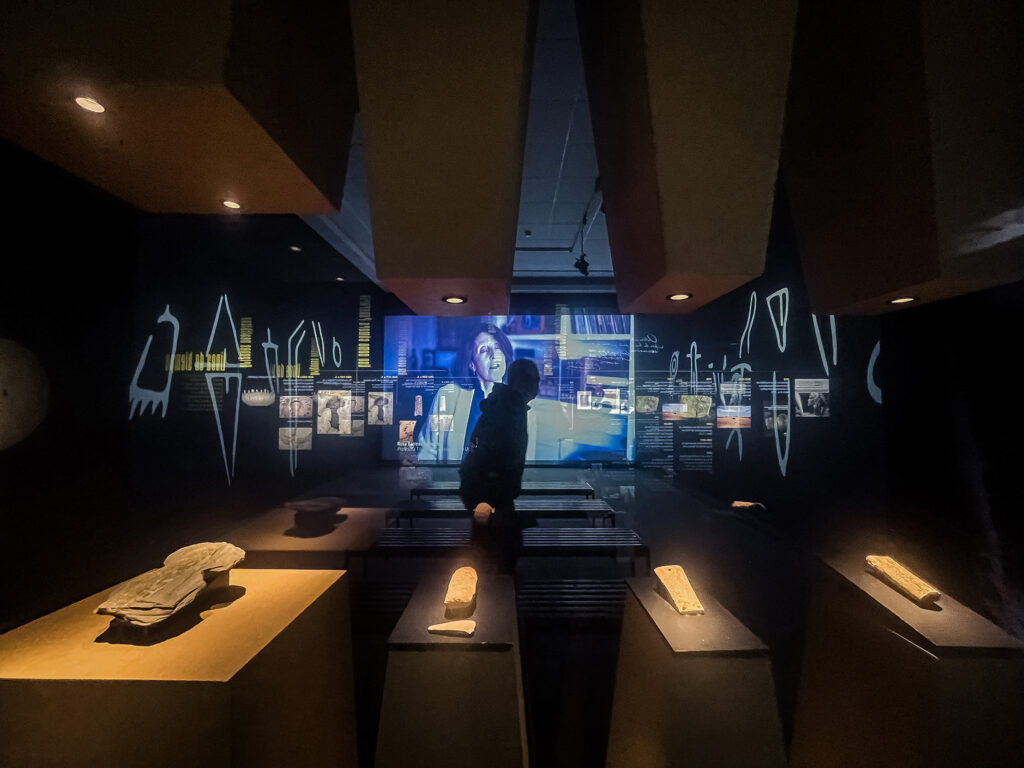TROUSSEAUS FOR ETERNITY
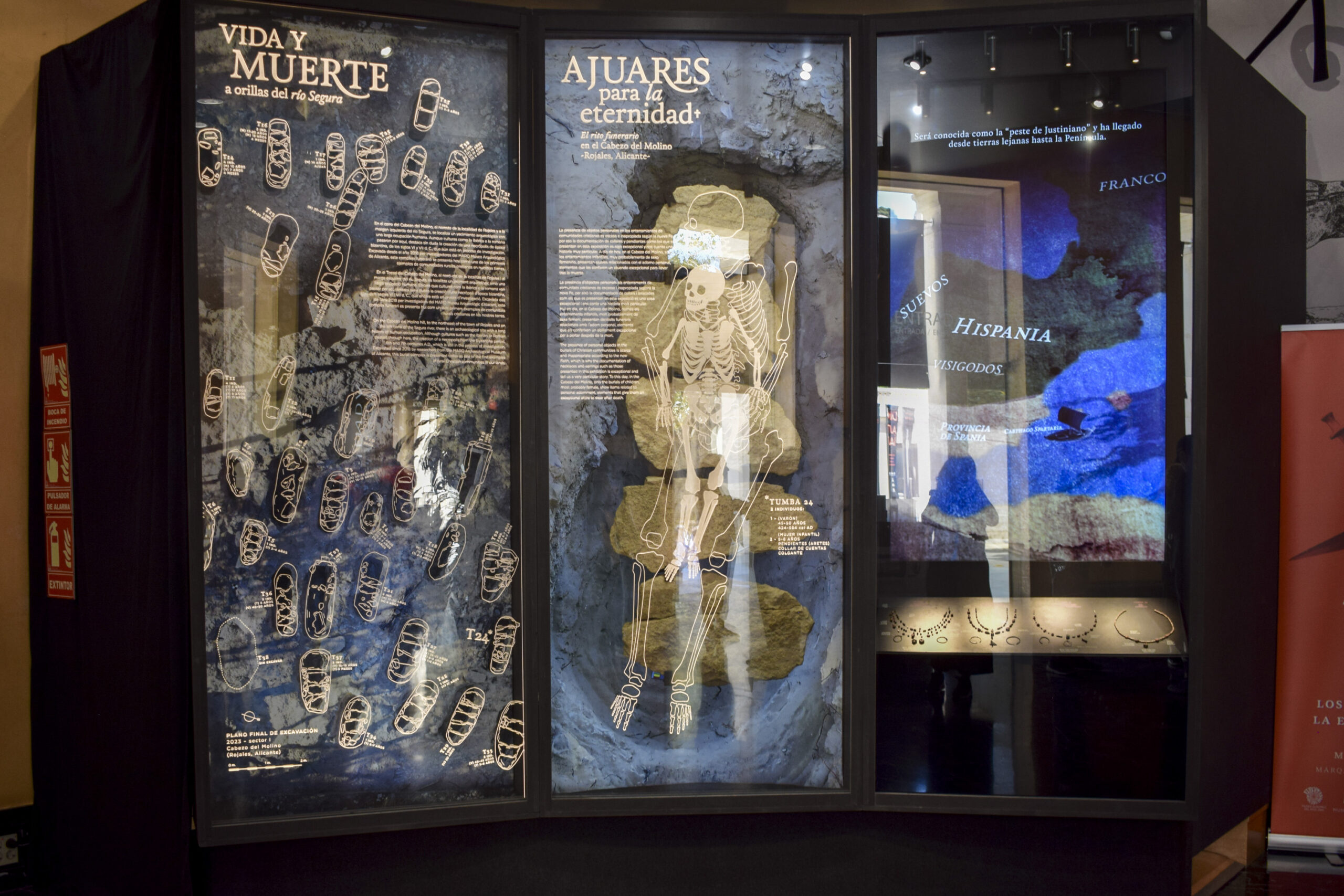
THE FUNERAL RITE AT EL CABEZO DEL MOLINO
Promoter: MARQ Alicante, Diputación de Alicante, Fundación C.V. MARQ Date:2024 Categories: Temporary Exhibition Design, Archaeology
Location: MARQ, Alicante Curator: Teresa Ximénez de Embún Museum design: Rocamora Diseño y Arquitectura Audiovisual design: Rocamora Diseño y Arquitectura Production and installation: Proyectable
The exhibition “Trousseaus for eternity. The funerary rite in Cabezo del Molino“is located in the lobby of the MARQ – Archaeological Museum of Alicante.
The contents of the exhibition are four sets of trousseaus composed of Byzantine jewelry found in the Byzantine necropolis of the site of Cabezo del Molino, located in the municipality of Rojales, where the MARQ has been investigating since 2018.
These burials hide a special story: among all those who died as a result of a pandemic that struck the Mediterranean, a number of bodies of girls were found dressed and dressed in what would have been their bridal trousseau to symbolically carry out this task in eternity.
The museographic proposal includes three exhibition boxes of different materiality: exhibition panels complemented by a narrative video that tells the story of the tombs found and the burial methods of the Byzantine era population, between the 6th and 7th centuries.
These drawers enrich the visual narrative and offer an immersive and detailed experience of the fascinating artifacts and history of the Cabezo del Molino.

